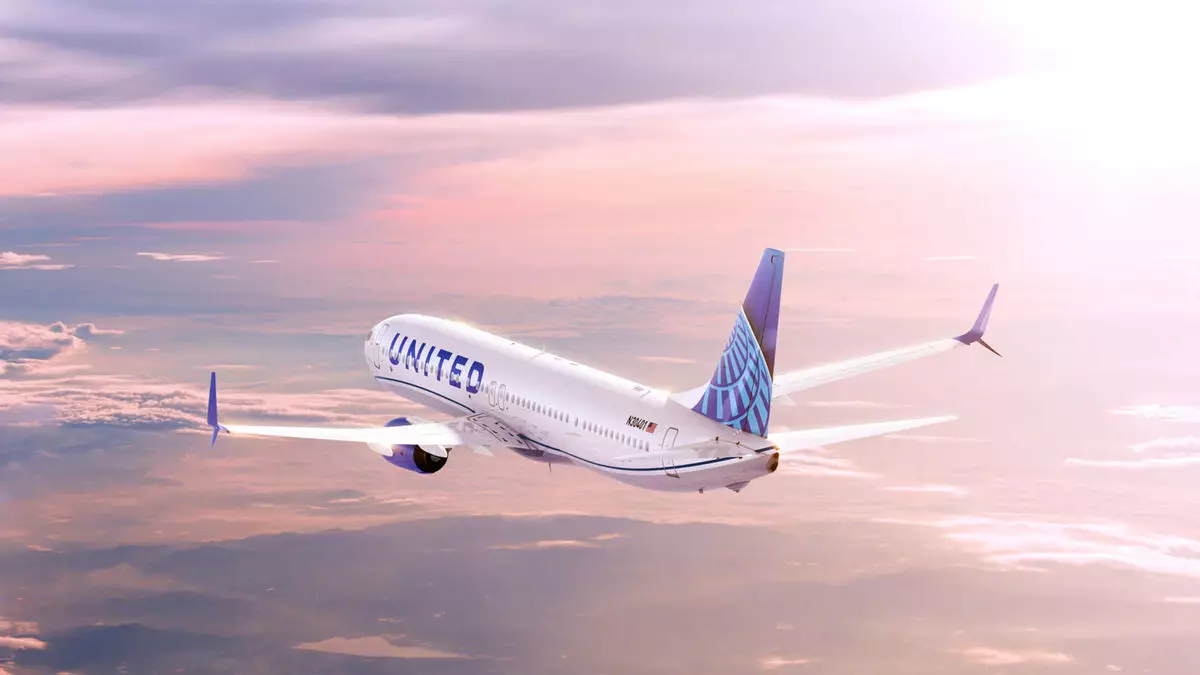In a significant shift for air travel, United Airlines is currently grappling with the implications surrounding the implementation of Real ID enforcement beginning May 7. Chief Commercial Officer Andrew Nocella expressed his apprehensions candidly during the airline’s recent quarterly earnings call, suggesting a delay could be beneficial for stakeholders. His concerns underline a deep-seated anxiety within the industry about potential passenger disruptions that could ensue from this identification mandate. While the Transportation Security Administration (TSA) has confirmed there will be no phased rollout, as was initially envisioned, airlines like United are left to ponder what this could mean for their revenue streams.
The TSA estimates that 81% of travelers already possess a suitable form of identification, whether it’s a Real ID, a passport, or an alternative recognized document. However, the 19% without proper identification represent a considerable risk for airlines if they are turned away at the gate. Nocella’s statement—“Hopefully, everybody is prepared”—echoes a call for awareness not just among passengers, but also within governmental frameworks to facilitate smooth transitions during operational changes. United’s proactive communication with the government highlights the airline’s earnest attempts to mitigate confusion and streamline processes, reinforcing their commitment to customer service amidst upcoming regulatory hurdles.
International Demand and Domestic Contraction
United’s operational landscape is notably complex, with the company wrestling with contrasting trends in international and domestic markets. On one hand, bookings from Canada and Europe have dipped by 9% and 6% respectively, a worrying trend for any airline reliant on transcontinental travel. However, strong demand for routes originating from the U.S., which constitutes an impressive 80% of United’s international bookings, provides a silver lining in an otherwise tumultuous environment. This juxtaposition of burgeoning overseas demand against weakening domestic patterns paints a nuanced picture for investors and stakeholders.
Nocella’s staunch defense of United’s transborder sales figures, which he criticized as “completely false,” shines a spotlight on the intense scrutiny airlines face in an era dominated by data analysis. This robust commentary not only defends United’s operational integrity but also suggests a larger dialogue about the accuracy and reliability of passenger data in the industry. While United could potentially see fluctuations in its international operations due to current global situations, the resilience shown in their U.S.-origin demand might cushion the airline against broader uncertainties impacting travel patterns.
Adapting to Market Realities
Another layer requiring attention is the airline’s domestic market, which faces its own distinct set of challenges. The decision to curb 4% of domestic flights—predominantly during the less favored early mornings and late evenings—signals United’s strategic response to an observed decline in demand for main cabin seats. This proactive cutback reflects not only an acute awareness of current market conditions but also a willingness to adapt swiftly in order to optimize resource allocation and passenger experiences.
To counterbalance the dip in demand, United appears to be leaning into a strategy favoring basic economy offerings. By increasing inventory for this more accessible fare tier, the airline demonstrates agility in responding to consumer behavior and preferences. The marginal decrease in load factors—80.3% for Q1, a drop from the previous year—highlights a pressing necessity for United to align its pricing structures with market realities, ensuring profitability without compromising passenger flow.
Ultimately, United Airlines finds itself at a crossroads where identification enforcement and fluctuating demand intersect. The airline’s ability to pivot effectively in surging international markets while contending with domestic challenges will be critical in maintaining its competitive edge. As passengers brace for the Real ID implementation, United must not only ensure compliance but also cultivate a seamless travel experience that keeps flyers coming back—prepared, passport in hand.


Leave a Reply